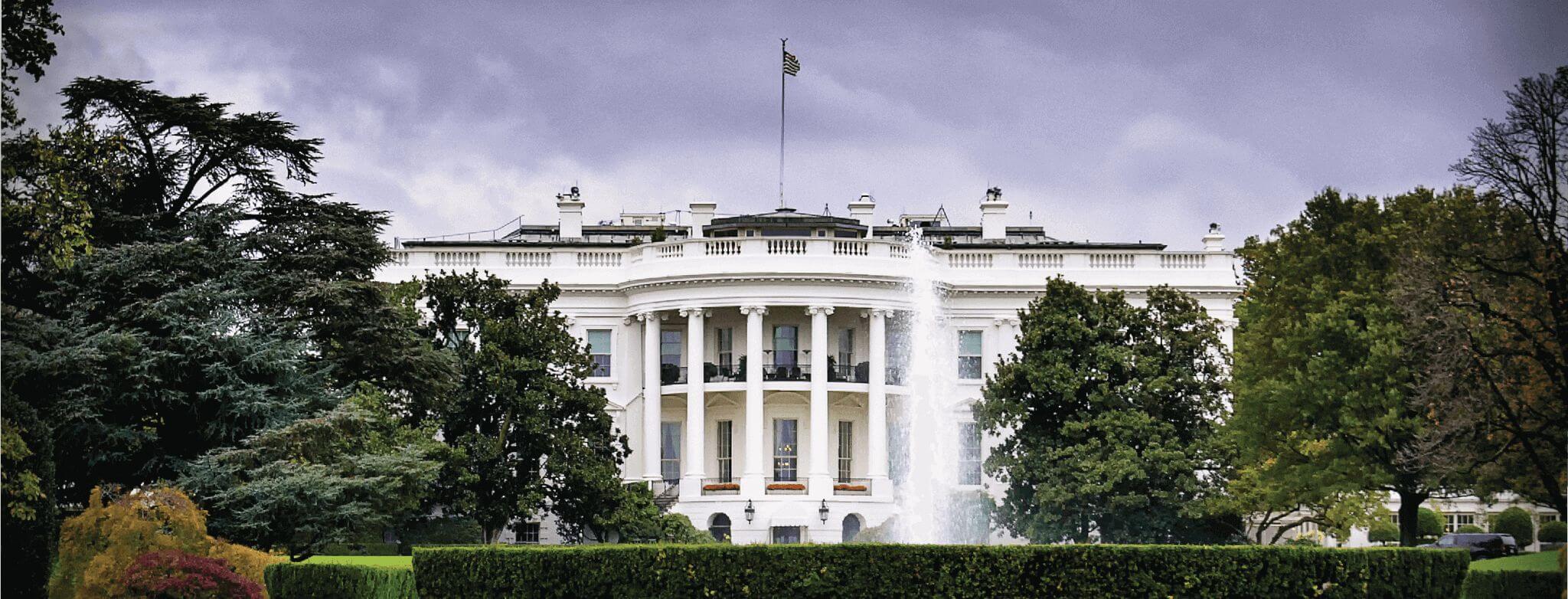In June 2017, President Trump announced that he intended to withdraw the U.S. from the Paris Agreement. In his speech announcing his intention to pull the US out of the Paris Agreement, and several times in the years since, he made multiple false and misinformed statements.
PROCESS: The U.S. has still been in the Paris Agreement during the Trump administration
- Trump has stated multiple times that the U.S. could potentially rejoin the Paris Agreement if it were “a fair deal”. However, the US has still been party to the Paris Agreement and has continued to participate in UNFCCC negotiations during the Trump administration. Additionally, the U.S. spent decades shaping the Agreement and it remains the best tool for holding major polluters accountable.
- The Trump administration has followed the formal withdrawal process set by the UN, and official U.S. withdrawal will take effect on November 4, 2020. For more information on the withdrawal process, see our Paris Agreement FAQ.
COMPETITIVENESS: Acting on Paris will increase U.S. competitiveness and create jobs
- At the end of 2019, nearly 3.4 million Americans worked in clean energy in the U.S. The two fastest growing jobs in America are solar PV installer and wind turbine service technicians. Over the last five years, the clean energy industry has added jobs 70 percent faster than the overall economy.
- The NERA study cited by the President is wrong. They assume we’ll take the least efficient path to decarbonization, and that innovation in cleantech will slow down, instead of speed up. If it’s going to kill jobs and cost money, why are businesses so uniformly supportive? (One debunking by WRI, and another by economist Gary Yohe, and similar arguments rebutted by a variety of scientists).
- An estimated $49 billion in economic benefits was associated with the Clean Power Plan, which was intended to be the U.S. tool to implement the Paris Agreement.
- Withdrawing from Paris means the U.S. will miss out on huge financial opportunities. Transitioning to a low-carbon economy between now and 2030 can generate over $26 trillion globally in economic benefits.
COMMITMENTS: Paris extracted meaningful commitments from all the major polluters
- China is already investing more than double the United States in clean energy. In September 2020, China’s leader Xi Jinping announced that the country will aim to be carbon neutral before 2060 and peak their carbon emissions before 2030.
- India’s solar and wind industries are booming, and it remains committed to Paris.
- Paris also created a system to monitor and verify that countries like China and India would contribute their fair share.
- The “bottom-up” approach meant that every country brought to the table only what it felt it could deliver. So no one’s getting a bad deal, because everyone chose what they would do.
CLIMATE: The deal is a great start that reduces the risk climate change poses to America
- Reducing emissions in the energy and transport sectors could prevent almost 300,000 early deaths caused by air pollution each year in the US by 2030, according to a Duke University study.
- The U.S. has experienced over $500 billion in weather and climate disaster costs from 2015 to 2019, and there have already been 16 weather disasters exceeding $1 billion in damage so far in 2020. The U.S. economy is on track to lose hundreds of billions of dollars from climate impacts annually by the end of the century.
- Rising seas, increased storm surge, and tidal flooding threaten $1 trillion in coastal infrastructure and property.
- The MIT researchers whom Trump cites said in response, “this is not our finding.” Their analysis shows the Paris agreement would reduce future warming by 1 degree C (1.6°F) by 2100, if initial targets were met, with the potential for much more.


